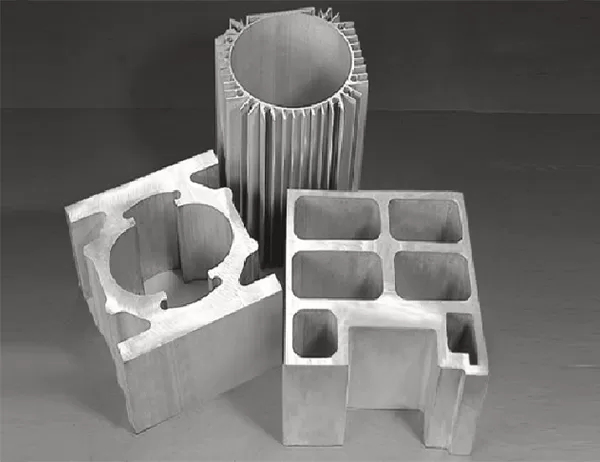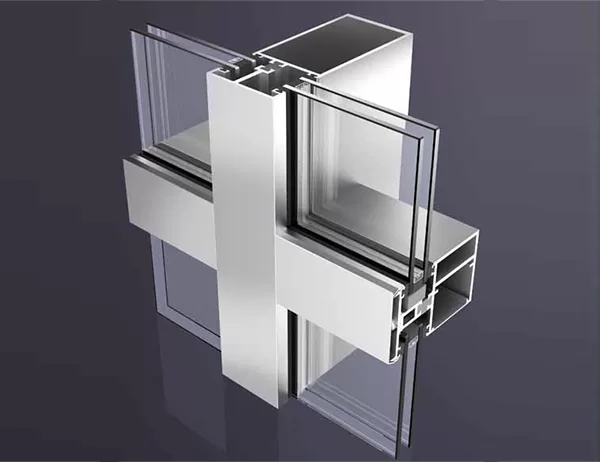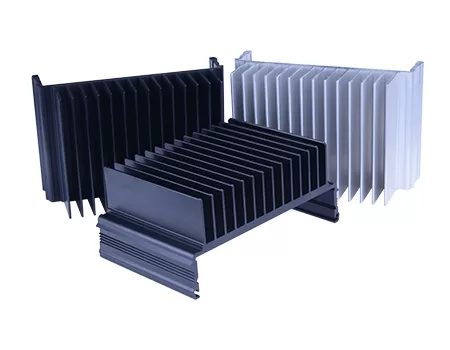In the realm of electronics, heat dissipation is the formidable adversary that threatens the integrity of your precious devices. Enter the aluminum heat sink, a technological guardian with the power to vanquish this thermal nemesis. However, choosing the right heat sink is akin to navigating a labyrinth “ a path fraught with pitfalls and mismatched expectations.
This comprehensive guide will illuminate your journey, unraveling the intricate factors that determine the ideal aluminum heat sink for your specific application. Arm yourself with this knowledge, and you will ascend to the pinnacle of heat dissipation mastery, ensuring longevity and unwavering performance for your prized electronics.
Factors to Consider:
1. Heat Dissipation: Quantify the amount of heat your device generates and select a heat sink with a thermal resistance that effectively channels this heat away.
2. Surface Area: A larger surface area provides greater heat dissipation capacity. Choose a heat sink with optimized fins to maximize heat transfer.
3. Mounting Compatibility: Ensure that the heat sink seamlessly integrates with your device’s mounting specifications. Proper alignment is crucial for optimal heat transfer.
4. Profile: The heat sink’s height and dimensions must not interfere with surrounding components or airflow. Consider the available space and airflow patterns.
5. Material Thickness: A thicker heat sink provides increased thermal conductivity and durability. However, it also adds weight and cost.
Types of Aluminum Heat Sinks:
Extruded: Economical and lightweight, ideal for low to medium heat loads.
Bonded: Finned plates are bonded to a baseplate for enhanced heat transfer and mechanical strength.
Forged: Precision-machined for high precision and durability, suitable for demanding applications.
Additional Considerations:
Thermal Compound: Bridging the gap between the heat sink and the device is essential for optimal heat transfer. Apply a high-quality thermal compound for maximum efficiency.
Airflow: Provide adequate airflow around the heat sink to facilitate heat dissipation.
Maintenance: Periodic cleaning ensures uninterrupted performance. Dust buildup can impair heat transfer.
Embark on this journey of thermal optimization armed with this comprehensive guide. By carefully considering the factors and recommendations outlined herein, you will choose the right aluminum heat sink that empowers your electronics to thrive amidst the challenges of heat dissipation.




